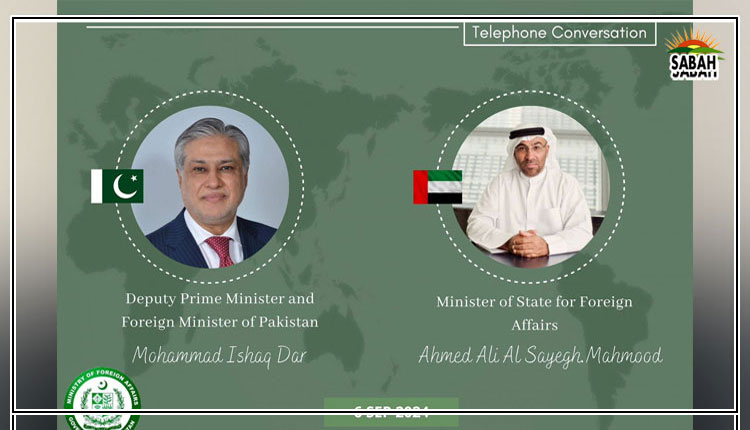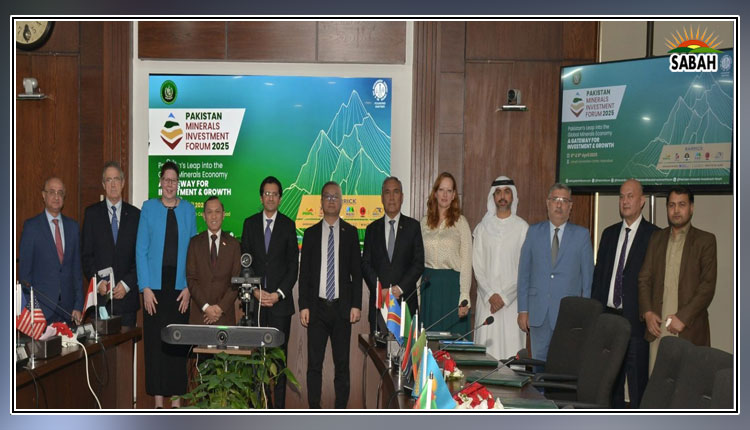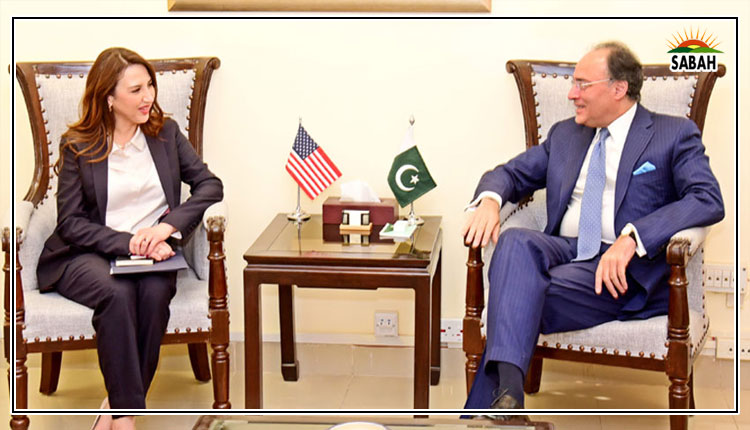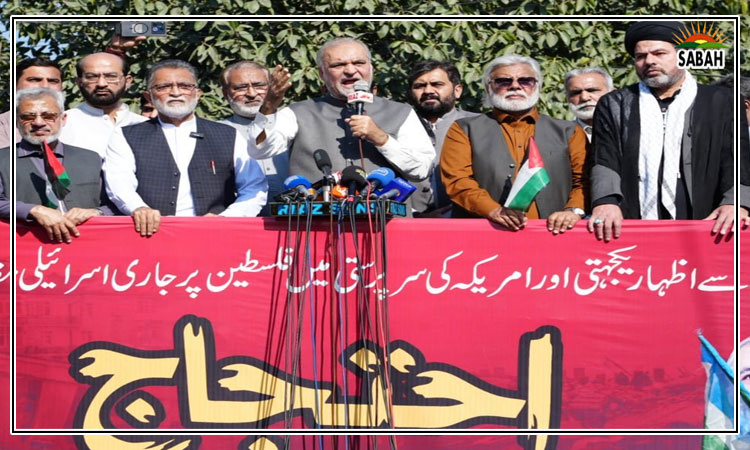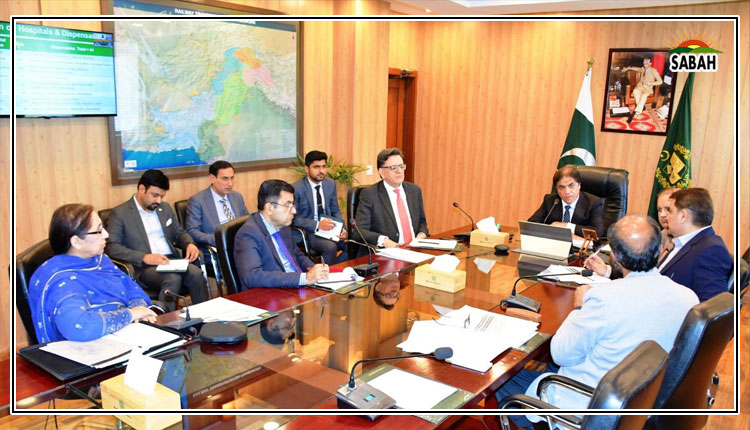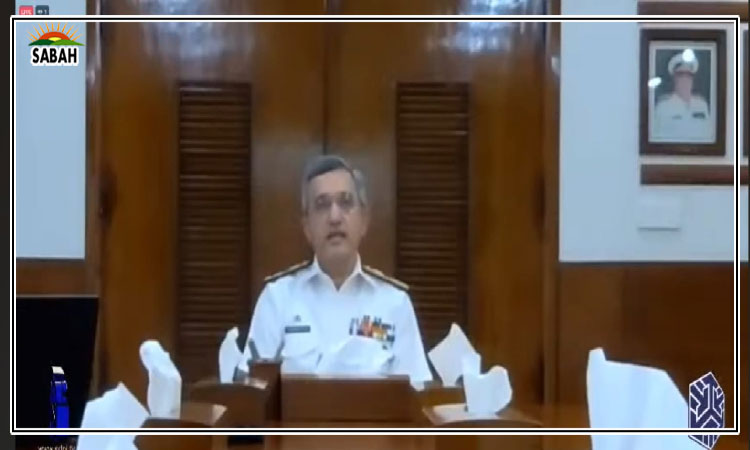IIOJK: intensified militancy and the bewildered Indian Army ۔۔۔۔ Durdana Najam
As Kashmir’s political landscape evolves with the onset of elections, a formidable surge in insurgent activity has caught Indian forces off guard. On 9 June, as Narendra Modi was inaugurated for his third term as Indian Prime Minister in Delhi, a militant attack unfolded 400 miles north in Kashmir. Militants ambushed a bus carrying Hindu pilgrims in Reasi, southern Kashmir, resulting in nine fatalities and 33 injuries. Santosh Kumar Verma, a pilgrim, reported that a masked militant shot the driver and continued firing even after the bus rolled into a gorge.
This attack is part of a disturbing trend in militant violence in Kashmir, with nearly 200 security personnel and over 350 civilians killed since 2020. The new wave of attacks is marked by greater sophistication and technological advancement compared to previous incidents, posing substantial challenges for Indian military and intelligence agencies.
Recent analyses reveal a striking transformation. Kashmiri insurgents have shifted from being the stone-pelting, amateur fighters employing hit-and-run tactics against one of the world’s most formidable armies to becoming a well-organised liberation force. They are now equipped with advanced capabilities, a stronger resolve and renewed vigour to confront Indian military operations directly.
The insurgents have challenged the Indian military on multiple fronts: employing sophisticated warfare technology, modernised tactics and targeting previously less affected regions. According to an article by Alice Patterson in The Guardian, “Kashmiri fighters have escalated their operations using advanced weaponry and refined tactics. They now deploy drones for logistical support and body cameras to document their ambushes, enhancing coordination and effectiveness. This technological leap has enabled precise and efficient strikes, making the insurgents a more formidable force.”
Furthermore, insurgents have refined their hit-and-run tactics. They strike Indian soldiers, disappear into the rugged terrain, and then reappear to launch further attacks. This strategy disrupts military operations and erodes the morale of Indian troops, who struggle to anticipate and counter the insurgents’ movements.
A significant development is the expansion of insurgent operations into previously less affected areas, such as the Hindu-majority Jammu province. This tactical shift broadens their activities, which were once concentrated primarily in the Kashmir Valley, signalling a more sophisticated insurgency capable of extending its reach and increasing pressure on Indian forces.
In response, the Indian government has, as usual, blamed the insurgents’ advanced weaponry and capabilities on Pakistan’s military and intelligence agencies. Officials have even claimed that Pakistani army officers are directly involved in this new wave of insurgency, attempting to undermine Indian military efforts. However, this narrative overlooks the core issue: the Kashmiri people’s deep-rooted desire for self-determination.
Since the abrogation of Article 370, the Indian government has intensified efforts to alter the region’s demographics, aiming to crush the Kashmiri spirit and erase their cultural identity.
The Modi government has long touted the annexation of Kashmir as a significant achievement.
The BJP’s IT team and social media influencers crafted a misleading narrative of development in Kashmir following August 5, 2019. Modi was portrayed as a harbinger of peace, despite the lack of local Kashmiri involvement in this supposed development process. Bold promises were made that the decades-long insurgency would vanish with the revocation of Jammu and Kashmir’s special status, and normalcy was guaranteed to return.
Yet, the reality tells a different story. This new wave of resistance reflects the Kashmiris’ growing intolerance of Modi’s policies while simultaneously exposing cracks in the Indian military’s confidence and capabilities. The resistance has evolved, directly challenging the government’s narrative and revealing the hollow promises made since the abrogation.
The recent attacks have been claimed by emerging militant groups such as the People’s Anti-Fascist Front, the Resistance Front, and the Kashmir Tigers. These organisations surfaced following Modi’s 2019 decision to revoke Kashmir’s special status.
Their rise underscores the growing unrest and intensified militant activity in the region, highlighting the deepening crisis and the challenges posed by the evolving dynamics of the insurgency. Indian officials have openly expressed frustration over their difficulties in combating technically advanced insurgents, which have highlighted significant gaps in India’s intelligence-gathering infrastructure.
The sense of fear and urgency within the Indian military is palpable. The realisation that the insurgency has not only persisted but has grown in strength and sophistication has intensified concerns about the effectiveness of current military strategies and resources.
Since gaining independence in 1947, both India and Pakistan have claimed the entire Kashmir region, although each control only parts of it. This territorial dispute has led to three wars between the two countries. In the 1990s, the independence movement in Indian-administered Kashmir became violent. Thousands of Kashmiris took up arms against Indian rule. India responded with a heavy-handed military operation, which reduced insurgents influence but also led to serious human rights abuse allegations.
Despite these efforts, the separatist insurgency persisted. The region has continued to experience waves of attacks and the emergence of new insurgent figures, making Kashmir one of the most heavily militarised areas in the world.
The escalating insurgency in Kashmir underscores a profound truth: it is an indigenous struggle, rooted deeply in the region’s discontent with Indian policies. The Modi government’s heavy-handed approach – characterised by the revocation of Kashmir’s special status and attempts to alter its demographic and cultural landscape – has inadvertently fuelled the very resistance it sought to suppress.
The rise of sophisticated insurgent groups and the transformation of their tactics highlight the failure of Modi’s policies and reveal the resilience of a movement born from the genuine grievances of the Kashmiri people. This indigenous struggle, thus, continues to challenge the Indian state, exposing the shortcomings and counterproductive nature of its current strategies.
Courtesy Express Tribune


